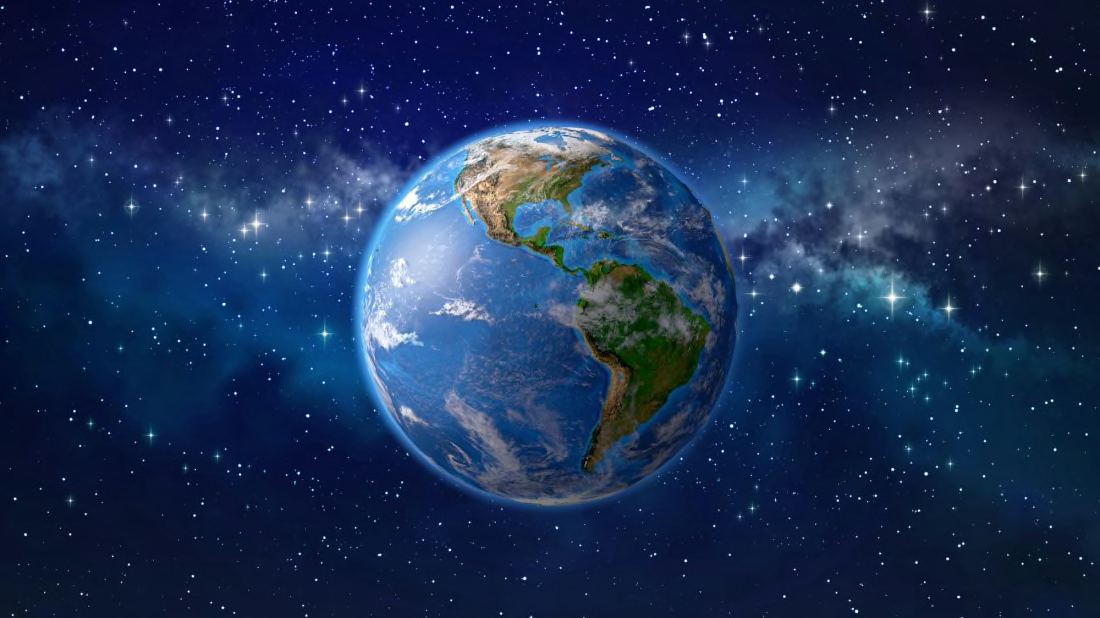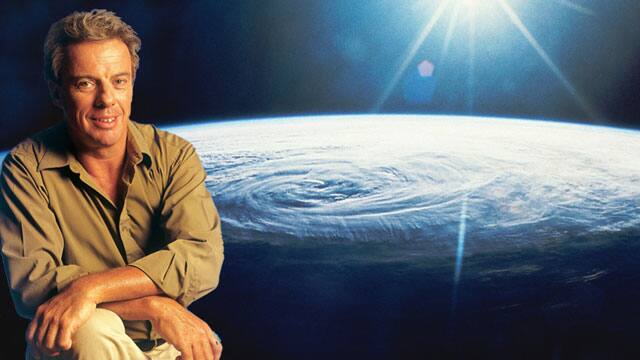Greta Thunberg’s full speech at Glasgow COP26 rally


Glasgow 5 Nov 2021 – It’s not a secret COP26 is a failure. It should be obvious that we cannot solve a crisis with the same methods that got us into it in the first place. More and more people are starting to realise this, more and more people are starting to ask themselves what will it take for the people in power to weak up. But let’s be clear, they are already awake, they know exactly what they are doing, they know exactly what priceless values they are sacrificing to maintain business as usual.

The leaders are doing nothing, they are actively creating loopholes and shaping frameworks to benefit themselves, and to continue poverty from this disruptive system, this is an active choice from the leaders to continue to let the exploitation of people and nature and the destruction of present and future living conditions to take place.
The COP has turned into a PR event with people giving beautiful speeches and announcements of fancy commitments and targets, while behind the curtains the governments of the global north countries are still refusing to take any drastic kind of action. It seems like their main goal is to continue to fight for the status quo. This COp26 has been named the most exclusionary ever, this is no longer the climate conference, this is now the global north greenwash festival, a two week long celebration of business as usual and bla bla bla.
The most affected people in the most affected areas still remain unheard and the voices of future generations are drowning in their greenwash, empty words and promises, but the facts they don’t lie and we know that our emperors are naked.
To stay below the target set in the Paris agreement, and minimising the risk of setting off the irreversible chain reaction beyond human control, we need immediate drastic annual emission cuts unlike anything the world has never seen and as we don’t have the technological solutions that alone would go anything even close to that, means we will have to fundamentally change our society and this is the uncomfortable result of our leaders repeated failure to address this crisis.

At the current emissions rates our remaining CO2 budget giving us the best chances to remain below 1.5 C will be gone within the end of this decade and the climate and ecological crisis, of course, doesn’t exist in a vacuum, but it is directly tighten to other crises and injustices that date back to colonialism and beyond; crises based on the idea that some people are worth more than others and therefore have the right to steal from others, to exploit others, and steal their land and resources; and it is very naive of us to think that we can solve this crisis without addressing the root causes of it. but this is not going to be spoken about inside the COP , its just too uncomfortable, it’s much easier for them to simply ignore their historical debt that the countries of the north have towards the most affected people and areas.
And the question now must to ask ourselves now is what we are fighting for: are we fighting to save ourselves and the living planet or we are fighting to maintain business as usual? Our leaders say we can have both, but the harsh truth is that this is not possible in practice, The people in power can continue to live in their bubble fuelled with their fantasies like eternal growth on a fine air planet and technological solutions that will suddenly appear seemingly out of nowhere and erase all of this crises, just like that…
All this one world is literally burning on fire and while people living on the frontlines are still bearing the brunt of the climate crisis, they can continue to ignore the consequences of their inaction, but history will judge them poorly and we will not accept it. We don’t need anymore distant, non binding pledges, we don’t need anymore empty promises, we don’t need anymore commitments of fool and loopholes, incomplete statistics that ignore historical emissions and climate justice. Yet that is all we’re getting, and I know that is not radical to say, but just look at their track record they had 26 Cops, they had decades of bla bla bla and where has that led us?
Over 50% of all our CO2 emissions have occurred since 1990 and about a third since 2005. All this, what the media is reporting is what the people in power say they are gonna do rather what they actually do. Time and time again the media fail to hold the people in power responsible for their action and inaction, as they continue to expand fossil fuel infrastructure, opening up new coal mines coal power plants, granting new oil licences and still refusing to do even the bare minimum like delivering on the long promised climate finances for loss and damages to the most vulnerable and less responsible countries. This is shameful.
Some people say we are being too radical, but the truth is that they are the ones who are radical. Fighting to save our life-support systems isn’t radical at all, believing that our civilisation as we know it can survive at 2.7 degrees with 3 degree hotter world on the other hand it is not only extremely radical, it’s pure madness. Out here we speak the truth, the people in power are obviously scared of the truth, yet no matter how hard they try, they cannot escape from it, they cannot ignore the scientific consensus and, above all, they cannot ignore us, the people, including their own children, they cannot ignore our scream as we reclaim our power. We are tired of their bla bla bla. Our leaders are not leading; this is what leadership looks like.












